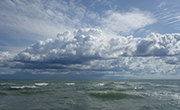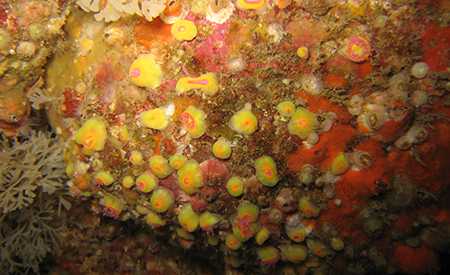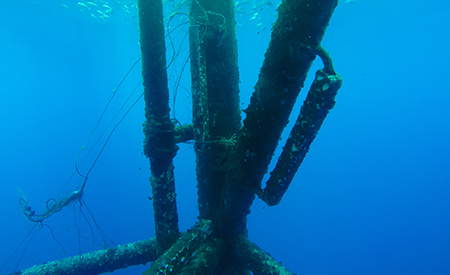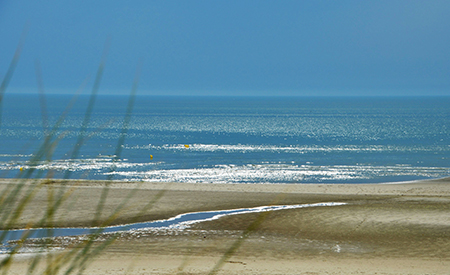Floating offshore wind
Type of resources
Available actions
Topics
Keywords
Contact for the resource
Provided by
Years
Formats
status
-
The use of an ecological niche model has made it possible to characterize on the one hand the effects of climate change on the native species of the Gulf of Lio, such as displacements of favorable habitats or the reduction of the surface of the habitat. favor of native species. On the other hand, the potential displacement of the favorable habitat of some subtropical species in the Gulf of Lion could be expected. They would then become non-indigenous species (NIS)
-

In response to the issues identified by the sector and the questions raised by citizens concerning the environmental integration of marine renewable energies in France, the COME3T approach aims to provide elements of expertise, synthesis and recommendations based on a national network of experts. 6 experts contributed to this bulletin on dangerous waves and their characteristics: tsunamis, rogue waves and impact waves. The study of worst-case scenarios corresponding to the most unfavourable conditions possible allowed the experts involved to establish that no environmental issues were identified in response to the question: can fixed-foundation offshore wind farms generate dangerous waves?
-

The objective of the CASSIOWPE project was to support the development of offshore wind energy in the French Mediterranean coastal areas by providing a database of high-resolution observations of wind, wave and current fields as well as a new numerical tool for the modelling of metocean conditions in the Gulf of Lion.
-

Database of images collected at ABIOP monitoring sites (UTLN = Mola buoy offshore Banyuls, SEMREV = special marks east and north, UN = biocolmar buoy) + report on biofouling characterisation (rapport_taxo_ABIOP_provisoire)
-

Report on the assessment of the chemical risk of aluminum-based galvanic anodes on the environment
-

This paper presents the assessment of potential impacts of changes in species distribution by climate change on the extended Seine Bay ecosystem.
-

The main objective of this atlas is to summarise the knowledge acquired on biofouling, and more generally on communities of living organisms on hard substrates, available today in mainland France and the French overseas territories, in order to anticipate the issues that this phenomenon will pose in an ORE context. The atlas is based on the most exhaustive bibliographical analysis possible, including A-level scientific articles, reports (training courses, monitoring, studies), and works presenting the results of studies conducted in French waters
-

Review to identify the state of knowledge on anodes and their environmental impact. Report serving as a basis for further work (deliverables 3 and 4)
-

Configuration of the ocean model and biogeochemical modules
-
This work seeks to understand to what extent the future wind farms that will be established in the Channel and the Atlantic can complement the existing network of MPAs in terms of surface gain on the one hand and coverage of the three facets of biodiversity (taxonomic, functional, phylogenetic) on the other hand. In a second step, a draft optimization of the network of wind farms in the Bay of Biscay and in the English Channel was carried out in order to identify the locations optimizing the conservation of taxonomic diversity
 Catalogue PIGMA
Catalogue PIGMA